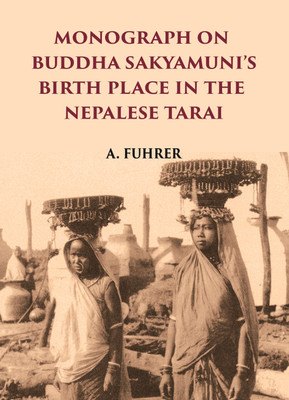MONOGRAPH ON BUDDHA SAKYAMUNIŌĆÖS BIRTH PLACE IN THE NEPALESE TARAI(Paperback, A. FUHRER)
Quick Overview
Product Price Comparison
About the book:-The main purpose of this Monograph is to present at an early date to the student of Indian Early History and of Buddhism the results of the important and interesting discoveries made in the Nepalese Tarai, north-east of the Basti district of the North-Western Provinces. In 1886, the author was instructed by the government of the North-Western Provinces and Oudh and the Government of India to carry out an expedition to Nepal.The Nigali Sagar pillar (also called "Nigliva" pillar) was initially discovered by a Nepalese officer on a hunting expedition in 1893. In March 1895, he inspected the Nigali Sagar pillar, one of the pillars of Ashoka, and identified a Brahmi inscription said to be also from the time of Ashoka. Convinced of the importance of the proposed explorations of the ruins near Nigliva, Herr Hofrat Dr George Buhler, C.I.E., Professor of Oriental Languages at the University of Vienna, in September 1896, asked some of his friends to contribute about eight hundred rupees towards the expenses likely to be incurred on the above proposal, without attaching any conditions to this liberal gift. As, however, the Nepal Government had expressed the intention of itself undertaking the excavation operations amongst these ruins, and as his duties in connection with the researches were to be confined to giving advice and making suggestions, no advantage could be taken of the contributions so generously offered from Europe for the laudable object of carrying on the excavations. That he has accomplished what he did is owing chiefly to the courtesy and magnanimity of the present enlightened Government of Nepal. All students of Ancient Indian History and all devout Buddhists of India, Ceylon, Burma and the Ear East are indebted to His Highness Maharaja Sir Bir Shamsher Jang Rana Bahadur, G.C.S.I., and to his brother General Khadga Shamsher, for the enthusiasm displayed and the great assistance rendered in the successful exploration of these ruins. About the A


